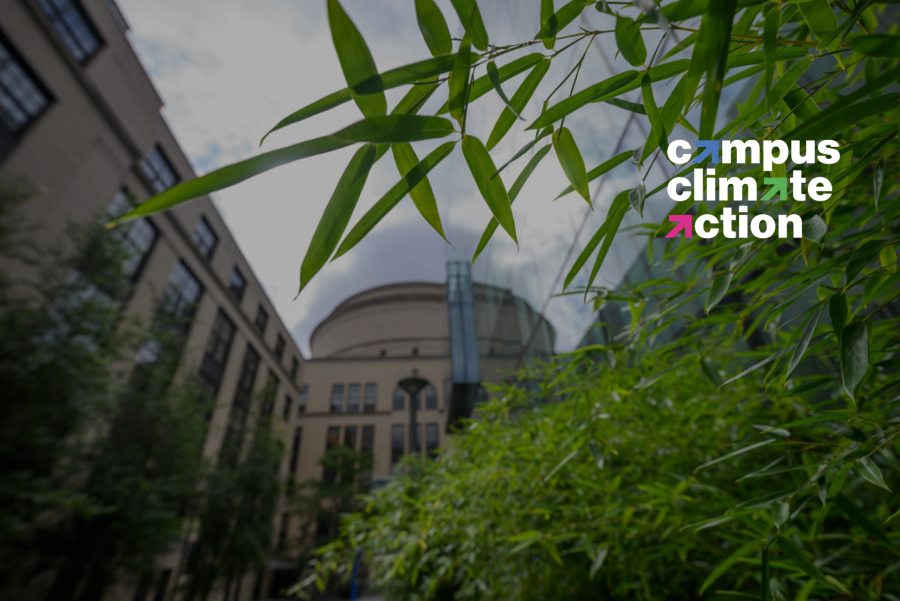
Staff from the Department of Facilities; Office of Sustainability; and Environment, Health and Safety Office advanced new solar panel installations on four major campus buildings: The Stratton Student Center (W20), the Dewey Library building (E53), and two newer buildings, New Vassar (W46) and the Theater Arts building (W97).
These four new installations, in addition to existing rooftop solar installations on campus, are “just one part of our broader strategy to reduce MIT’s carbon footprint and transition to clean energy,” says Joe Higgins, vice president for campus services and stewardship.
The installations will not only meet but exceed the target set for total solar energy production on campus in the Fast Forward climate action plan that was issued in 2021. With an initial target of 500 kilowatts of installed solar capacity on campus, the new installations, along with those already in place, will bring the total output to roughly 650 kW, exceeding the goal. The solar installations are an important facet of MIT’s approach to eliminating all direct campus emissions by 2050. Full MIT News story.


